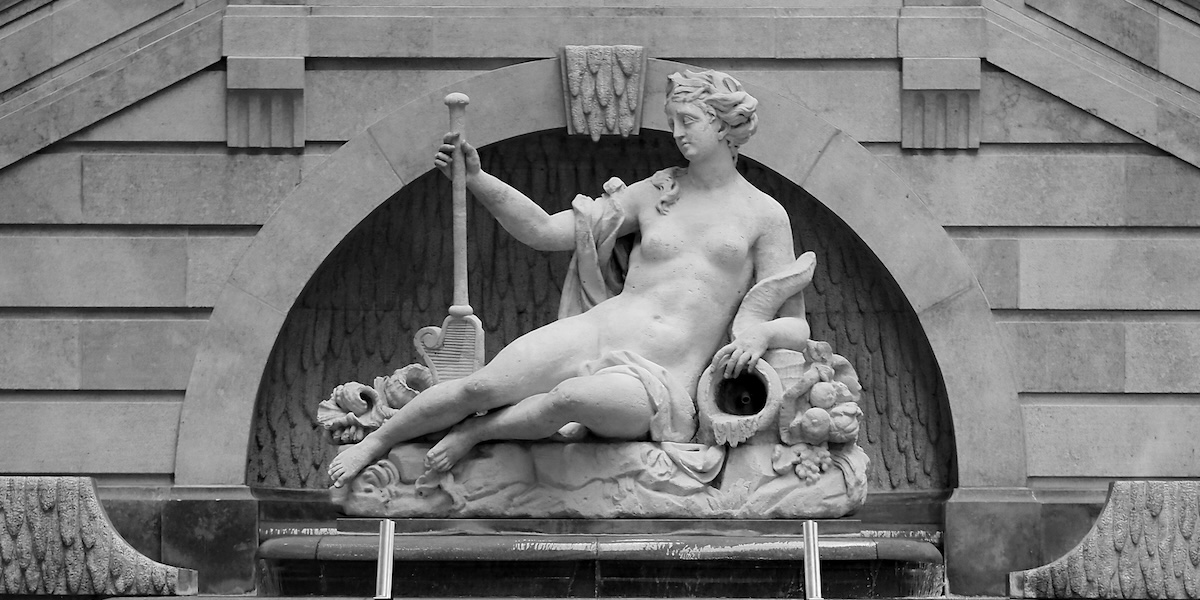In The Moment: Photography Flow
Find your flow in a world full of distractions
Flow is a state, a sort of mental zone where things happen naturally, this word has been used in all sorts of contexts including art, work, school, social, sports and more. Being a human experience I can't help to think that there must be many similarities between people being in the flow regardless of the discipline in which this is experienced: selflessness, timelessness, effortlessness, and deep engagement. Flow and its obstacles are essentially a human state. Let's explore flow in the context of photography.
The literal definition of flow is “to move in a stream” and “o move in one direction, especially continuously and easily”. As a mind body state we refer to flow as fluidity, being focused and absorbed by an activity. It feels effortless, and has a sense of depth that is sometimes only recognized after the fact. If you've ever gone on a long run or a swim you've probably felt it at some point. I think that there is one fundamental difference between flowing during a physical activity (other than playing in a national team in front of a huge audience) and flowing with art, such as photography. And that is that it can be harder to not be self-conscious and distracted with public opinion when you're working on art that will be eventually shared with the world, versus on a run that is personal and will be over as soon as you return home.
In art and specifically photography, especially today with social media, we are bombarded with influence and feedback (comments, likes, or lack thereof), we are often distracted by trends, gear, limitations, and even our own bias arising from the feedback we've gotten in the past (ie. your audience may have not liked your favorite photo, but loved one that you don't care for much), all of which can get us to overthink what we're doing. This is an internal obstacle to flow, our own mind getting in the way of being in the moment, and really that is all that flow really is, at least for me that's it. There are other obstacles to this, so let's take a quick look at those before we dig into being in the moment.
External Obstacles
In art and specifically photography [...] we are bombarded with influence and feedback
External obstacles can be resolved or bypassed if we are aware of them. They can include challenges like that the light is “bad”, the subject is boring, we don't know how to use the camera we have, or don't understand the settings, we're lost, cold, hungry, dehydrated. Simple things can be important obstacles preventing us from being in the flow of the moment. A bit of prep can solve some of these. As far as gear and camera settings go we need to decide if we're focusing on learning these and therefore our focus is on this and we can learn a lot by achieving a flow in that regards, or we choose to focus on the photography and therefore need to simplify our settings by shooting in auto, or with a phone, or in Aperture priority, but we need to choose methods and tools that allow us to focus on what we want to achieve.
Internal Obstacles
You are your biggest enemy. Your judgements, your self-consciousness, rigidity, perfectionism, etc. Whatever it is, learn to recognize it and practice letting go. This brings me to the one element I believe is responsible for being in a flow state: being in the present moment. If you haven't inquired about this, or have no idea what it means it may require some more digging to fully grasp how you can be in the way of yourself. Meditations, breathwork, buddhism, Ekhart Tolle, Ram Das, whatever clicks, find your way to be aware of what state you're in, if you can recognize it you can remind yourself to let go of what's holding you back.
Flow Exercises
Any structure can get you here. I'd like to show you one example and you can decide what to do for yourself. Grab your camera, use a fixed focal length, fixed iso, pick P, S, A, M or Auto whatever you're most comfortable with. Go out at any time of the day that is convenient and that you are relaxed. Focus on one subject, or one element: geometric composition, flowers, animals, houses, cars, people with red garments, people with hats, you pick. And shoot your heart out, remember to stay focused, pay attention to the internal and external distractions, and refocus when necessary. I promise you that you will have a wonderful learning experience at the least.
